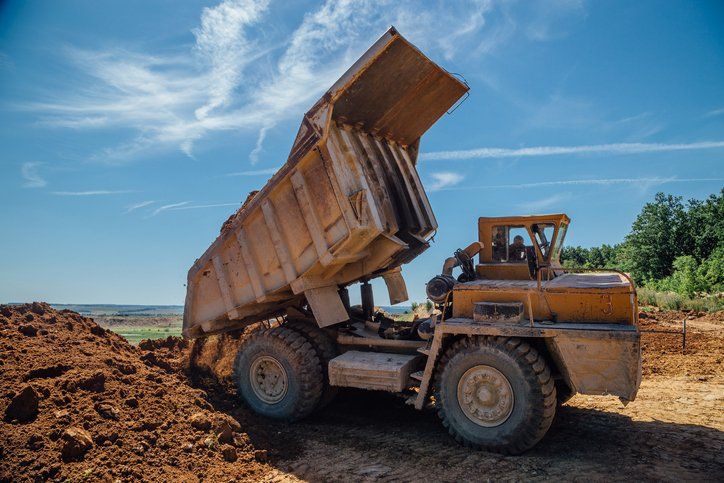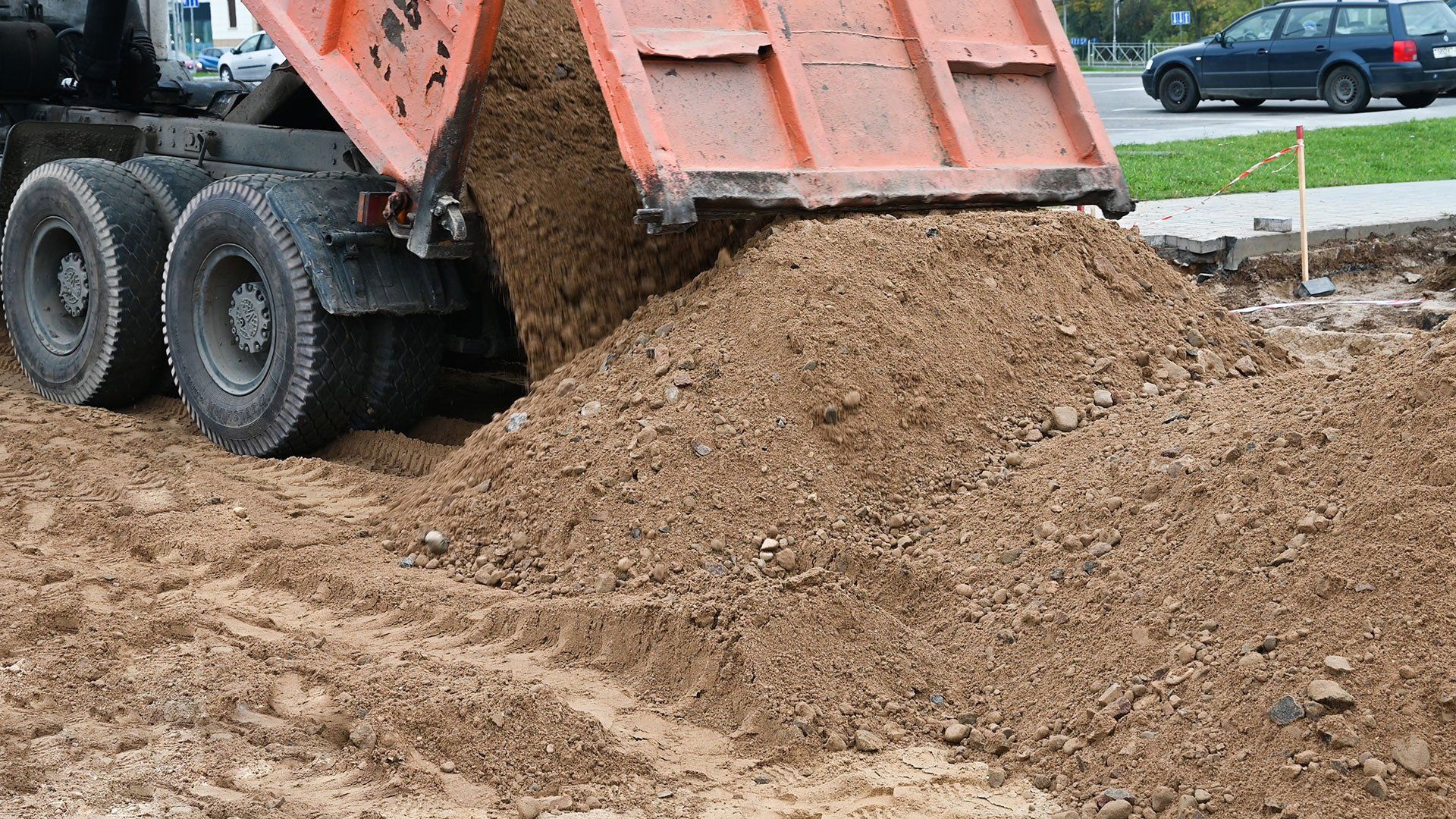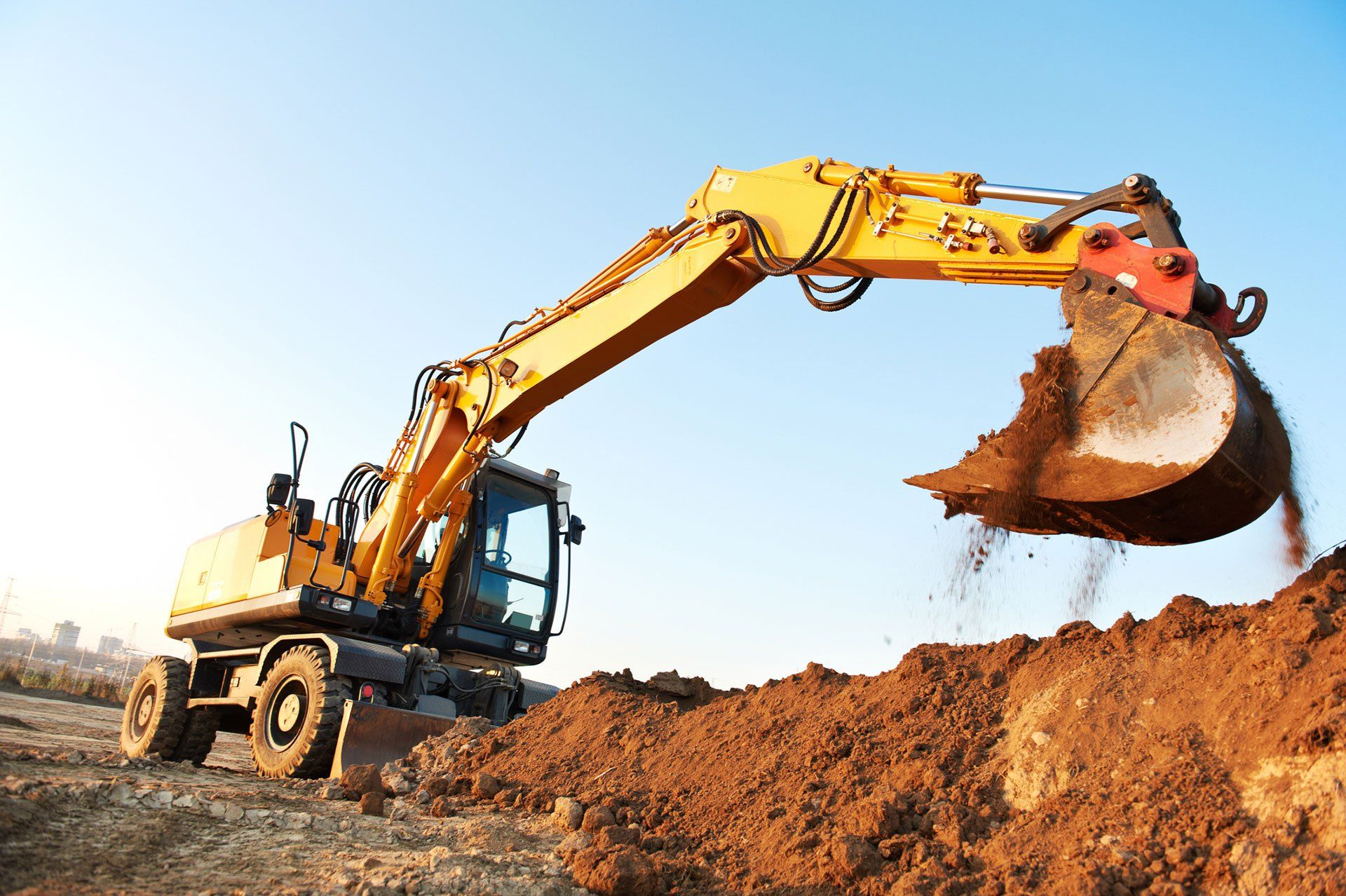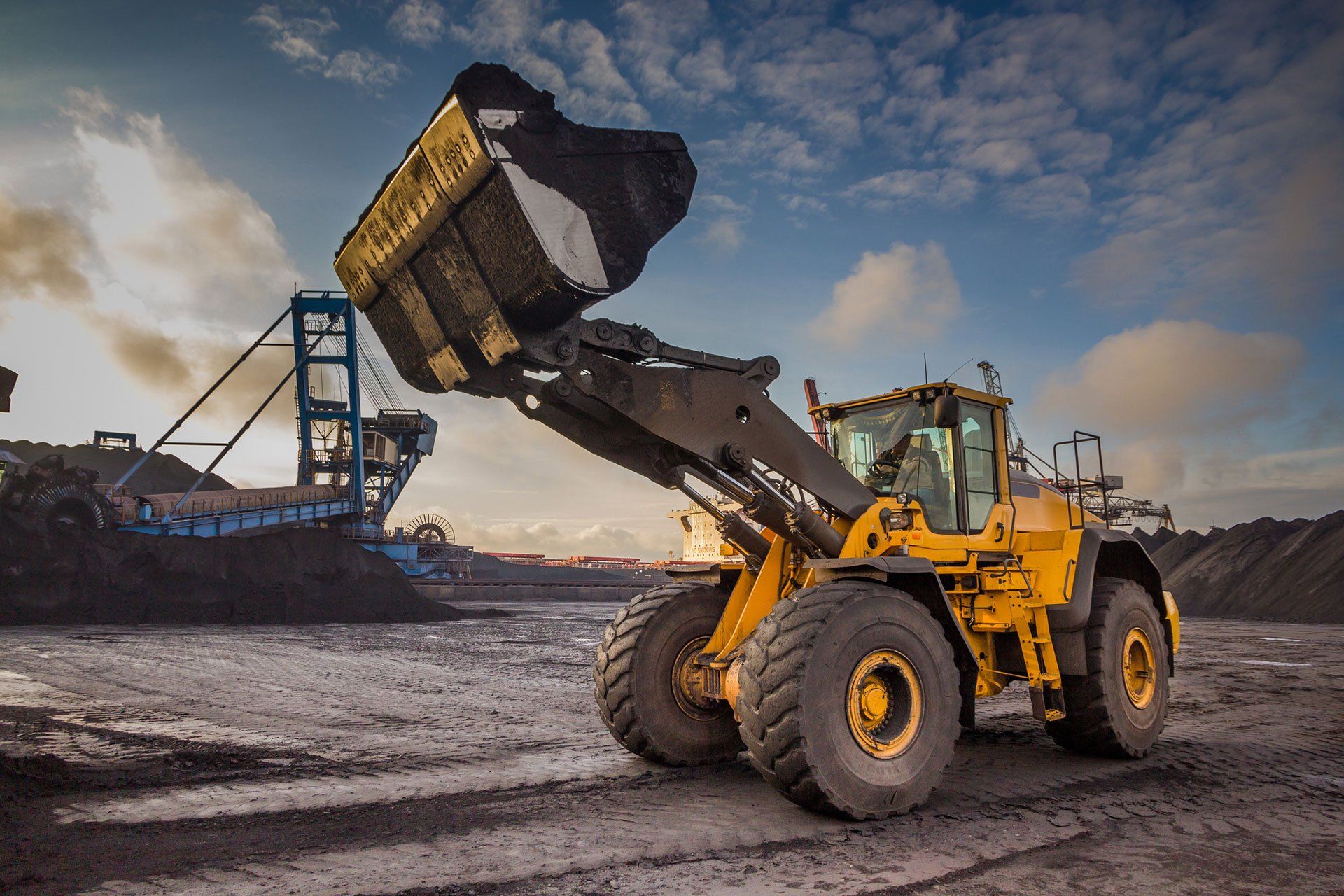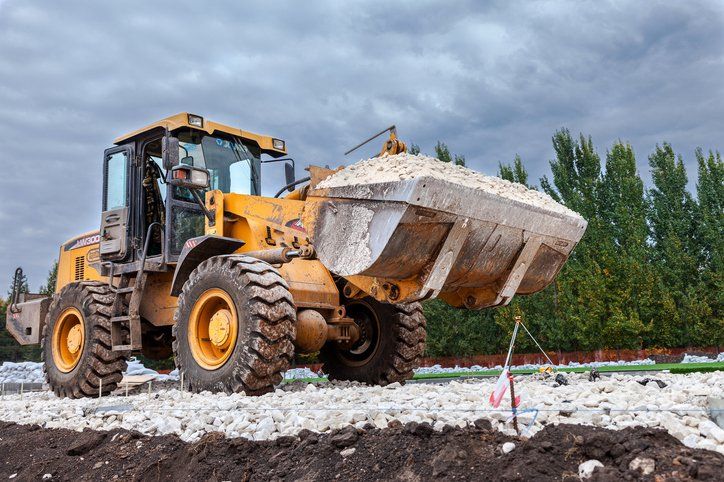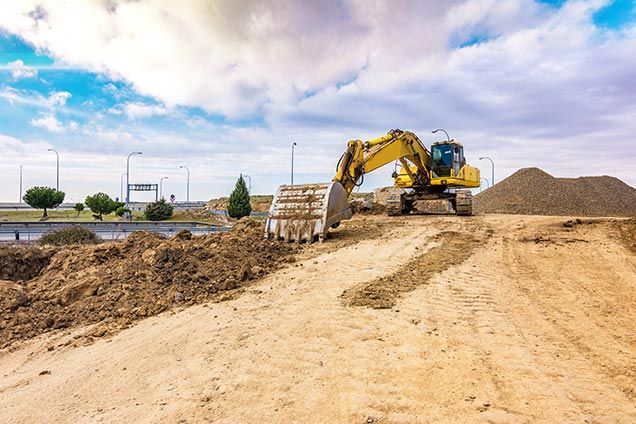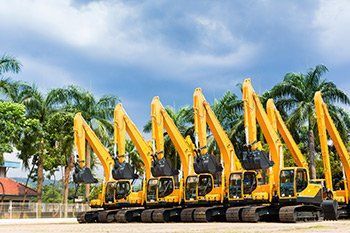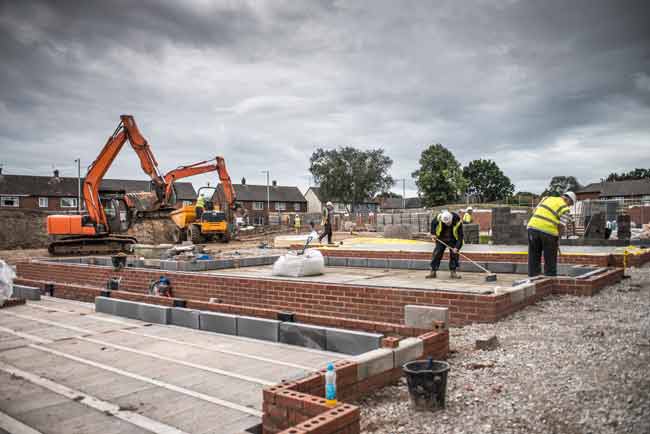The Role Of Aggregate On Concrete Strength
The Role Of Aggregate On Concrete Strength
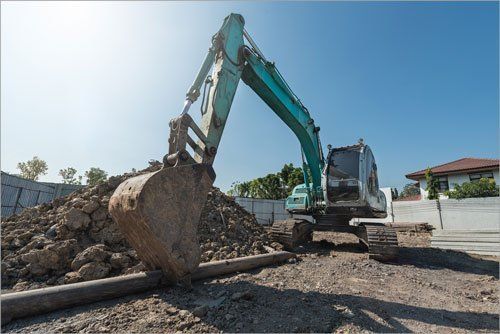
Aggregate is one of the principal ingredients of all concrete. In fact, it represents between 70 and 80 percent of concrete's total volume. Aggregate consists of pieces of crushed rock - most often gravel. While many people in the construction industry think of aggregate as one simple thing, it actually comes in a wide variety of shapes and sizes.
The qualities of a particular aggregate will play a huge role in how it performs in concrete. For that reason, as a contractor you must choose the most appropriate type of aggregate available. If you would like to learn more about how to ensure the best results from your concrete mix, read on. This article will outline three key tips to keep in mind when selecting an aggregate to use.
Tips for Selecting Aggregate
1. Always Choose Angular Aggregate
As noted above, aggregate comes in a range of different shapes. Rounded aggregate makes a popular choice for walkways, planter beds, and other decorative uses. Yet when used in a concrete mix, rounded aggregate can be problematic. Its curved sides mean that the aggregate will fail to lock together very well. This results in a weaker concrete, one more prone to damage and degradation.
The same general weakness holds true for irregular aggregates. Such aggregate comes with a mixture of curved and angular sides. While irregular aggregate will interlock somewhat better than rounded aggregate, it still won't be able to promote the kind of strength necessary for roadways and other heavy-duty applications.
Angular aggregates represent the ideal aggregate for almost every concrete project. As their name implies, such aggregate contains sharply defined, planar sides. This promotes a stronger bond between the aggregate and the cement. As a result, concretes composed with angular aggregate boast compressive strength 10 to 20 percent greater than other aggregate types.
2. Prioritize Aggregate Quality
Less experienced contractors often mistakenly assume that, aside from things like size and shape, one aggregate will be much like another. This couldn't be farther from the truth, however. Aggregates may vary in a number of key ways that can have a huge effect on how the concrete performs as time goes on.
Cleanliness is one of the most important features of a good aggregate. The presence of clay dust or organic materials on the outside of the aggregate particles can drastically affect its performance. Such materials will cause the aggregate to absorb a greater amount of water, thus throwing off the carefully calculated water to cement ratio.
The hardness of the aggregate must also be taken into consideration. While most aggregate consists of crushed gravel, not all gravel sources will possess the same hardness. For best results, be sure to purchase only aggregate that has been tested and found in compliance with the standards set out by the American Society for Testing and Materials.
3. Don't Exceed Your Maximum Aggregate Size
A good concrete surface incorporates a range of different aggregate sizes, from sand-like fine aggregate all the way up to larger chunks of coarse aggregate. The maximum aggregate size will vary from one project to another. Those who exceed the ideal maximum size may end up with concrete that suffers from internal air pockets.
Such air pockets will weaken the concrete's strength. Excessive aggregate size will also make the concrete less workable. Chunks of aggregate may even end up protruding from the surface. As a general rule, your maximum aggregate size should never be greater than 1/3 the depth of the slab.
As you can see, the aggregate you select plays a huge role in the performance of your concrete. For more information on what it takes to get the best possible results, please don't hesitate to contact the aggregate pros at Quick Sand & Fill Corp. We proudly serve the
South Florida region, including
Miami,
Homestead, and the surrounding communities.

